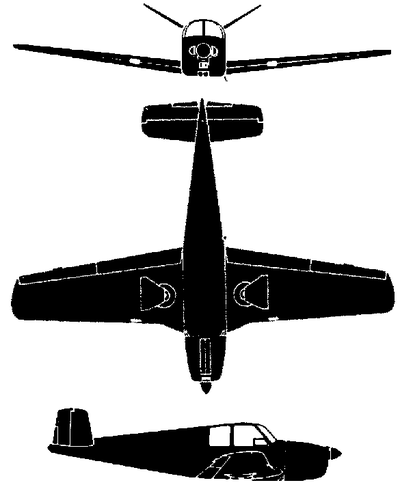Thu, Jun 23, 2011
Pilot Operated A V35 Bonanza With "Known Deficiencies," Board
Says
The NTSB on Monday released a probable cause report for an
accident that fatally injured one person and seriously hurt four
others. In this instance, the pilot apparently chose not to believe
that his airplane was telling him something was wrong and opted to
fly it without having his mechanic look it over. Still, in testing
the board was not able to duplicate the loss of engine power
reported by the pilot before the plane went down. The pilot was the
person fatally injured in the off-airport landing attempt.

NTSB Identification: CEN09FA462
14 CFR Part 91: General Aviation
Accident occurred Saturday, July 25, 2009 in Oklahoma City,
OK
Probable Cause Approval Date: 06/20/2011
Aircraft: BEECH V35, registration: N9112S
Injuries: 1 Fatal,4 Serious.
The airplane had a previous history of in-flight engine
stoppages, and the engine lost power twice within the week before
the accident. The pilot did not have his mechanic investigate the
cause of those events, as he believed when the engine lost power
the airplane was in a fuel cross feed position, and all he had to
do was to switch to a main fuel tank. On the day of the accident
the airplane was two miles from the airport after departure when
the pilot reported a loss of engine power to air traffic
controllers. The pilot executed an off-airport emergency landing to
a congested area, adjacent to a major six-lane thoroughfare. The
airplane was substantially damaged when it impacted a tree and the
concrete base of a light pole, during the emergency landing. The
engine was recovered from the wreckage and installed in an engine
test cell. It started on the first attempt and ran at full throttle
with no anomalies noted. A postexamination of the other airplane
systems showed no anomalies.
The pilot had been treated for anxiety, depression, high blood
pressure, and obstructive sleep apnea, among other significant
conditions. He had been on multiple medications at the time of the
accident including at least an antidepressant, a blood thinner and
a potentially impairing prescription medication often used for the
treatment of chronic pain. The pilot denied any medical conditions
or the use of medications in his most recent application for an
airman medical certificate. It was not possible to conclusively
determine whether distraction or impairment due to his medical
conditions or to medication use may have played a role in his
decision-making following the loss of engine power.

The pilot’s fatal injuries were likely a result of the
impact between his chest and the control yoke. It could not be
conclusively determined the extent to which the forward cabin
structure and the control yoke in particular were moving aft
relative to the rest of the cabin structure following the primary
impact with the ground, but it is possible that the likelihood or
severity of the pilot’s impact with the control yoke would
have been reduced through the availability and use of a shoulder
harness.
The National Transportation Safety Board determines the probable
cause(s) of this accident to be he pilot’s decision to
operate an airplane with known deficiencies, and the loss of engine
power during climb for undetermined reasons.
More News
Terminal Radar Service Area Airspace surrounding designated airports wherein ATC provides radar vectoring, sequencing, and separation on a full-time basis for all IFR and participa>[...]
Very High Frequency (VHF) The frequency band between 30 and 300 MHz. Portions of this band, 108 to 118 MHz, are used for certain NAVAIDs; 118 to 136 MHz are used for civil air/grou>[...]
“From approximately November 2021 through January 2022, Britton-Harr, acting on behalf of AeroVanti, entered into lease-purchase agreements for five Piaggio-manufactured airc>[...]
Also: Virtual FLRAA Prototype, IFR-Capable Autonomous A/C, NS-32 Crew, Golden Dome Missile Defense Bombardier announced that the first production Global 8000 successfully completed>[...]
Aero Linx: The 1-26 Association (Schweizer) The Association’s goal is to foster the helpfulness, the camaraderie, and the opportunity for head-to-head competition that is fou>[...]
 ANN's Daily Aero-Term (05.29.25): Terminal Radar Service Area
ANN's Daily Aero-Term (05.29.25): Terminal Radar Service Area ANN's Daily Aero-Term (05.30.25): Very High Frequency (VHF)
ANN's Daily Aero-Term (05.30.25): Very High Frequency (VHF) Aero-News: Quote of the Day (05.30.25)
Aero-News: Quote of the Day (05.30.25) Airborne 05.23.25: Global 8000, Qatar B747 Accepted, Aviation Merit Badge
Airborne 05.23.25: Global 8000, Qatar B747 Accepted, Aviation Merit Badge ANN's Daily Aero-Linx (05.30.25)
ANN's Daily Aero-Linx (05.30.25)




